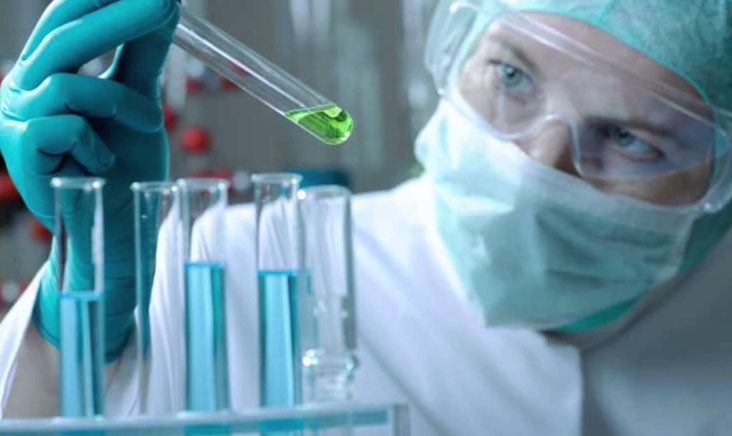There are many potential hazards in clean rooms, so maintaining the health and safety and adhering to the high standards of a controlled cleanroom environment requires thorough training and routine testing and inspections. Maintaining safety standards scan be quite a challenge as the unpredictability of things that can go wrong and ultimately contaminate a cleanroom are quite extensive.

Some common examples cleanroom hazards include:
-
- Electrical Outlets – check that your electrical outlets are properly sealed. Sometimes, small insects can crawl through outlets as well as airborne duct and contaminates.
- Electrical Trunking – ensure all electrical trunking is completely sealed where it terminates through the room/building envelope.
- Mechanical Pipe Runs – check that your pipes etc. are properly sealed where they terminate through the room/building envelope.
- Rubber Coving to Walls and Floors – where different finishes have been bonded together, i.e. walls and floors, ensure that the rubber bonding strip has not begun to de-bond from the finishing’s, this can lead to air leakage paths and also allow dust and other contaminates into the clean room environment.
- Holes in the HEPA Filters – Sometimes employees accidentally damage HEPA filters by lifting mop handles to high and hitting the underside of the HEPA filter.
- Double Doors – when you’re designing and building your cleanroom, do you have a double door installed? You should have a double door to bring things in and out, yes, even during the building process to bring equipment in and out of the area.
- Pass Through Areas – do you have to bring a lot of equipment and parts into the cleanroom? If so products and supplies can go through the pass through in the form of a wall mounted or floor mounted cart pass through.
- Flooring – what type of flooring has been installed within your cleanroom? If the floor is vinyl it is not an ESD floor. All equipment must be able to be properly grounded to the floor when you’re using ESD chairs, carts, chairs etc.
- Mobile Phones – if you need your mobile phone and/or walkie-talkies in the cleanroom for communication purposes, it should not be clipped on the outside of your overalls. They may fall off and damage microchips etc. in all instances if you do need communication devices you can wear small cleanroom waist bags which reduce the risk of damage to your surrounding area.
Cleanrooms play critical roles in maintaining contamination free production environments for critical processes. To ensure your cleanroom is working as designed it is essential that a well planned and executed cleanroom testing, certification and maintenance program is undertaken for operation and regulatory compliance.
We hope the above information had been useful to you, if you would like more information in regards to clean room testing and commissioning services please don’t hesitate to contact us. We offer a comprehensive and proactive validation service to the requirements of all current ISO standards and guidelines. We are customer driven and continually try to exceed our customers’ expectations, both in terms of price and service. Our careful attention to detail ensures that our reports and certificates are of the highest quality and customers can be confident that their external calibration and validation requirements have been met.
Our test engineers are well trained, highly motivated and flexible individuals who ensure constant and consistent delivery of our high standards.
If you would like more information on our cleanroom testing services please don’t hesitate to contact Darren directly on 07775623464 or email us at info@aptsoundtesting.co.uk.
